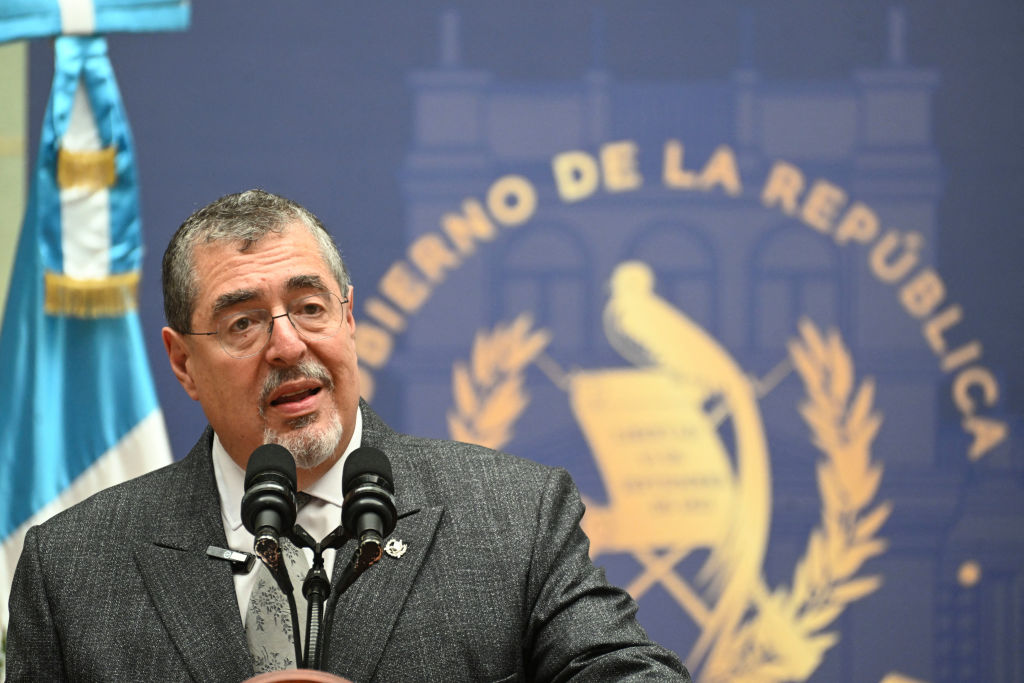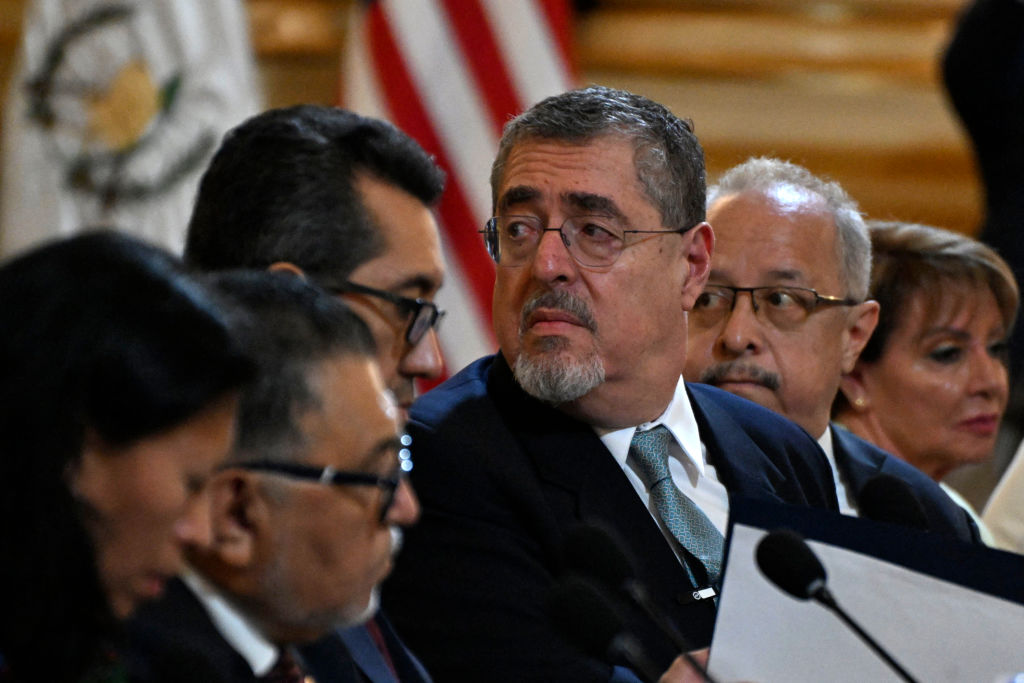Summary: Challenges and Opportunities in Guatemala and Central America's Energy Sector
Summary: Challenges and Opportunities in Guatemala and Central America's Energy Sector
The high-level panel with three current and former energy ministers affirmed that Guatemala’s energy industry is experiencing a great moment.
Speakers:
- Juan Pablo Ligorría, Energy Minister, Guatemala
- Luis Ortiz Peláez, Representative for Guatemala, Regional Electric Interconnection Commission
- Carmen Urízar, President, National Electric Energy Commission, Guatemala
- Christian Gómez, Jr., Energy Director, Council of the Americas (moderator)
Summary:
On November 12, Council of the Americas’ Energy Action Group hosted a public discussion on the challenges and opportunities in Guatemala and Central America’s energy sector. Guatemala’s current energy minister, Juan Pablo Ligorría, along with two former energy ministers, Carmen Urízar and Luis Ortiz Peláez, discussed Guatemala’s energy matrix and how it fits into the regional context.
Guatemala’s great success and future steps
Due to its key geographic location linking North and Central America, its strong, normative, and dynamic markets, and what Minister Ligorría describes as “a successful constitutional framework,” the high-level panel affirmed that Guatemala’s energy industry is experiencing a great moment.
After successfully reaching the six energy goals laid out in the 2007–2015 National Energy Plan, Guatemala now has over 90 percent energy coverage, and reduced the price of electricity 30 percent by allowing more competitiveness in its market. The oil-based energy grid has transformed into a more diversified grid where 65 percent of the grid is currently based on renewables, including biomass and hydropower. On the nonrenewable side of the matrix, Guatemala substituted oil with coal, and prides itself in using clean-coal technologies. Overall, Guatemala has developed its energy sector to become the sixth-largest exporting sector, and the destination of the most foreign direct investment.
With Guatemala’s increased exposure in the international energy markets, the country now seeks to become the energy hub of Central America. However, as Urízar pointed out, there are challenges that need to be addressed prior to becoming a hub for the region. One of the challenges for the Central American country is to improve the institutional aspects of the energy market, including standardizing regulations, as well as learning how to deal with long-term contracts and how to transition rights that impact energy investments in the country. Furthermore, Urízar stressed the need for more technical and operational training, especially before introducing more nonconventional energy into the country. Like most countries in the region, Guatemala faces a challenge in evaluating future demand and supply, and balancing those with investments in new projects. That said, Guatemala is already in the process of confronting these challenges with a new set of energy objectives aimed for 2026.
Harmonization of Central American energy markets
Peláez, Guatemala’s representative for at a Central American commission for integration, affirmed the country’s commitment to transform the regional’s energy grid. With an installed capacity of more than 6,000 megawatts, Peláez stated, “Central America could become nearly self-sufficient if the regional market and…infrastructure are properly taken advantage of.” Guatemala is reaching out to its neighbors to uniform regulations between the markets, and to establish the mechanisms needed for proper transactions. Strategies including the signing of long-term contracts with main producers in all Central American countries are being implemented to run the installed capacity along the region. Moreover, Guatemala is already exporting 12 to 15 percent of its energy to El Salvador, Honduras, and Nicaragua with hopes that this will lead to further energy integration.
Minister Ligorría said, “Guatemala claims its responsibility as the strongest in the region, and of being an entrance gate for the region…the country has the obligation to do so.” With the new energy objectives for 2026, Guatemala is optimistic that it will lead Central America to a new era of energy integration.








